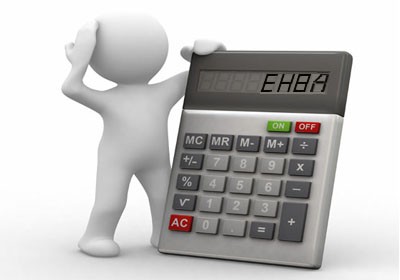Russian tax legislation provides for entrepreneurs, engaged in small business (for individual entrepreneurs, and for limited liability companies), the ability to work at a reduced taxation system, which is abbreviated as UTII.
Said fiscal regime is quite beneficial and relevant to the business due to the fact, it helps to significantly reduce tax payments.
What are the requirements necessary to fulfill, to move to a single tax?
To the company or entrepreneur can switch to a preferential tax system, You must meet the following requirements:
- The company's activities must comply with the list, specified in the Tax Code of the Russian Federation. Use UTII can as private entrepreneurs, and LLC, engaged in the retail sale of goods or providing services. A full list of activities, which correspond to the transition to UTII, referred to in Article 346, 326 head 26.3 Tax Code.
- The number of employees can not be more than a hundred people.
- share, owned legal entities, in the authorized capital of the company shall not be higher 25%.
The attractive single tax on imputed income for entrepreneurs?
Using the above system of taxation, companies and individual entrepreneurs are exempt from the following tax deductions:
- Tax on profits
- Property tax
- Value added tax
That is taken as the taxable base in the transition to UTII?
The main difference of the fiscal system of the ordinary or simplified tax system is, that in order to determine the tax base is not necessary to calculate the actual costs and revenues of entrepreneurs, but rather take advantage of the basic yield, which is defined by the Tax Code for each business activity.
It is assumed, that the basic rate of return will be provided with specific activity per unit of sales area or the number of employees, from what happens calculation of the amount of a single tax, be transferred to the budget.
single tax on imputed income system also takes into account the influence of two factors, which can adjust the final amount of tax deductions:
- Current indicators of inflation and deflation, designated by federal law, recorded using the correction coefficient K1.
- The individual characteristics of the business, depending on current market conditions and the company's location in the region corrected coefficient K2, the value of which will be different for each region, ranging from 0,005 to 1.

How to calculate the amount of a single tax?
For, to calculate the amount of a single tax for the transfer to the budget of the organizations and individual entrepreneurs, you need to use the following formula:
EN = NS * BD * FP * K1 * K2
Where EN - a single tax on imputed income,
NA - tax rate (currently applicable legislation set single tax rate 15%);
BD - yield base per physical indicator (square, number of employees, etc.);
FP - physical indicators, relating to the relevant business activity;
K1 – deflator coefficient, which is set at the federal level, each year;
K2 - correction factor, taking into account the peculiarities of doing business in a particular region and is set at the local level each year.
The total amount of the single tax will be determined depending on the basic yield, These tax legislation, and from business size, characterized by the number of employees or sales area.
If we take for example STO, its base yield is 12 000 rubles per month, and tax deductions amount will be calculated based on the number of employees.
for the organization, engaged in retail trade, benchmark return puts 1 800 rubles per one square meter of space per month, and the total amount of contributions will be calculated based on a total sales area.
Important to remember, that businesses can reduce by almost half the calculated amount of a single tax, if they take into account the social security contributions made by.
How to pay the single tax on imputed income?
Payment of tax on UTII deductions are made every three months, but not later than 25 the first month of the following fiscal quarter. In this way, tax revenues for the first quarter 2013 year should be listed within 25 Martha 2013 of the year.











